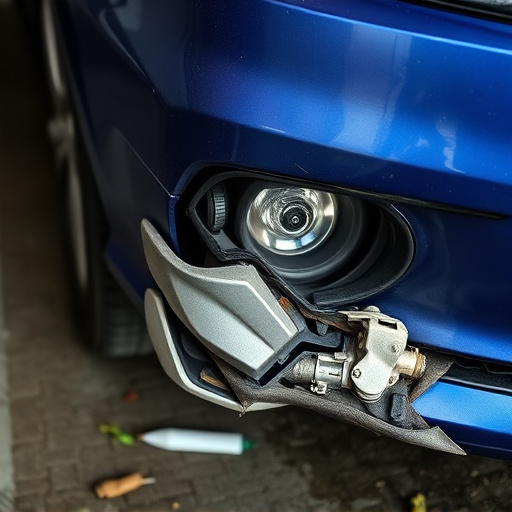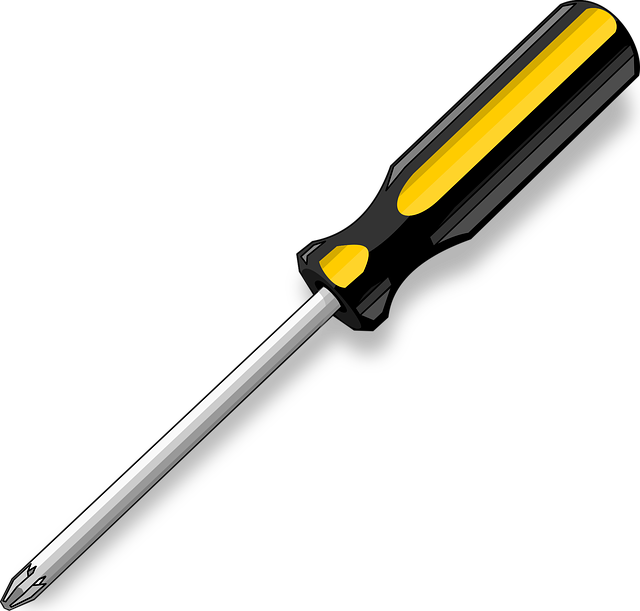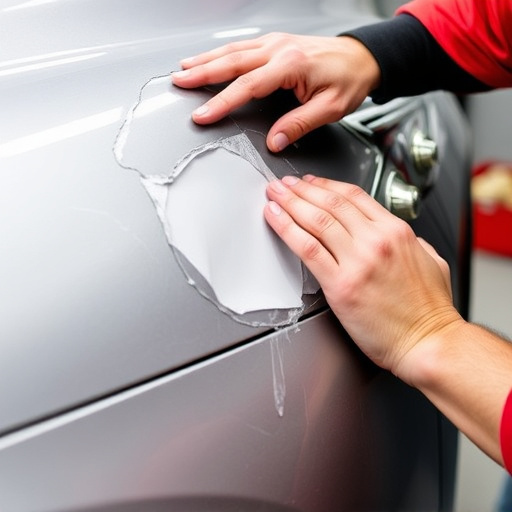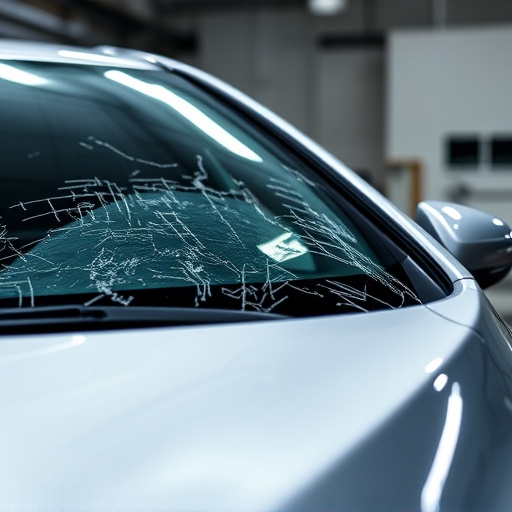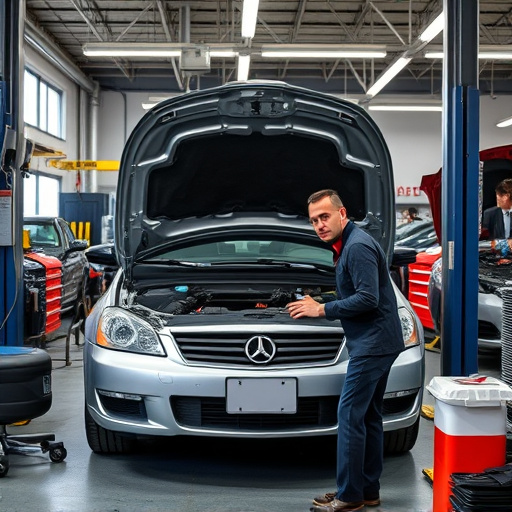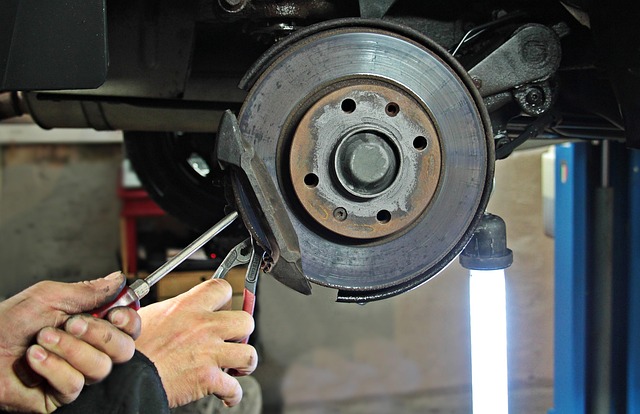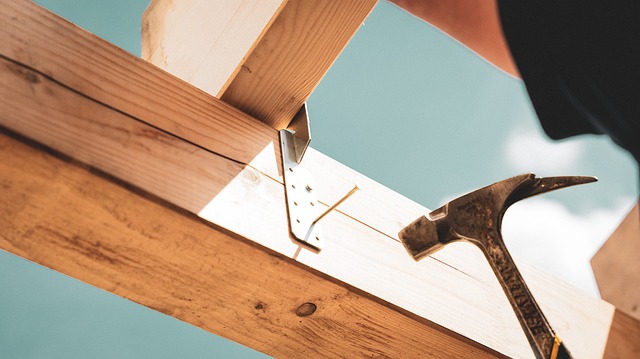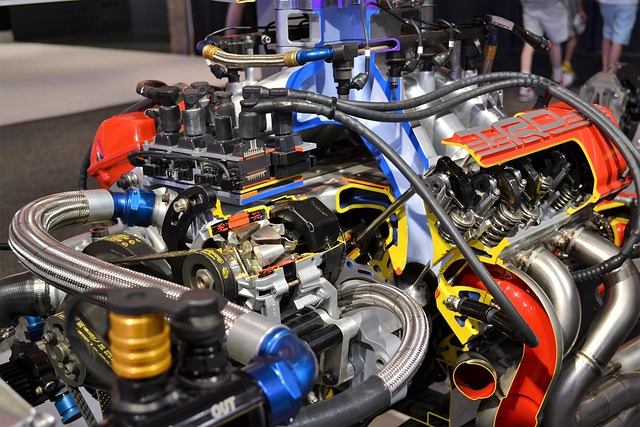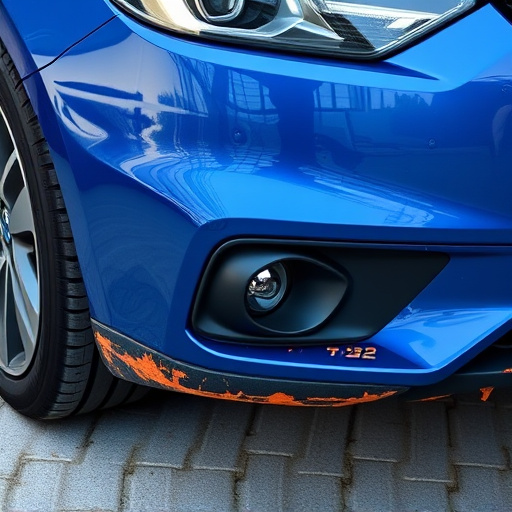Professional dent repair begins with a meticulous assessment of damage types, including bent panels, cracks, and scratches, considering vehicle age, part availability, and budget. Technicians use advanced 3D scanning and visual inspection to precisely measure and identify issues, employing specialized tools and techniques like plastic welding for complex repairs. This multi-faceted approach ensures tailored, high-quality repairs that prioritize both aesthetics and structural integrity, restoring vehicles to their best condition.
The process of professional dent repair is an art that demands precision, skill, and a deep understanding of various repair techniques. This step-by-step guide delves into the intricacies of restoring your vehicle’s exterior to its original condition. From assessing damage—identifying bends, cracks, and scratches through visual inspection and 3D scanning—to selecting the best repair method, each phase is crucial. We explore paintless dent repair (PDR) for minor dents, traditional metal working for severe cases, filler application, sanding, and final touches, ensuring a flawless finish.
- Assessing the Dent Damage
- – Understanding different types of dents (bents, cracks, scratches)
- – Visual inspection and 3D scanning for precise measurements
Assessing the Dent Damage
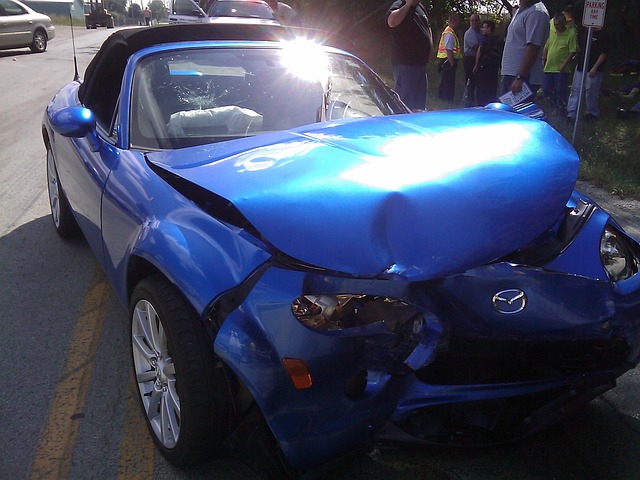
When it comes to professional dent repair, the first step is a thorough assessment of the dent damage. This involves examining the extent and type of dent, whether it’s a minor ding or a more significant crease in the car body panel. Skilled technicians use their expertise to pinpoint the exact location and depth of the damage, which is crucial for determining the repair method required. They may also take measurements and use specialized tools to assess the need for replacement parts or panels.
During this phase, the auto body shop’s team considers various factors like the age and condition of the vehicle, the availability of original equipment manufacturer (OEM) parts, and the customer’s budget. These considerations play a significant role in tailoring the car damage repair process to meet specific needs, ensuring that the final outcome is not just a repaired dent but a restored car body that meets the highest standards of quality and aesthetics.
– Understanding different types of dents (bents, cracks, scratches)
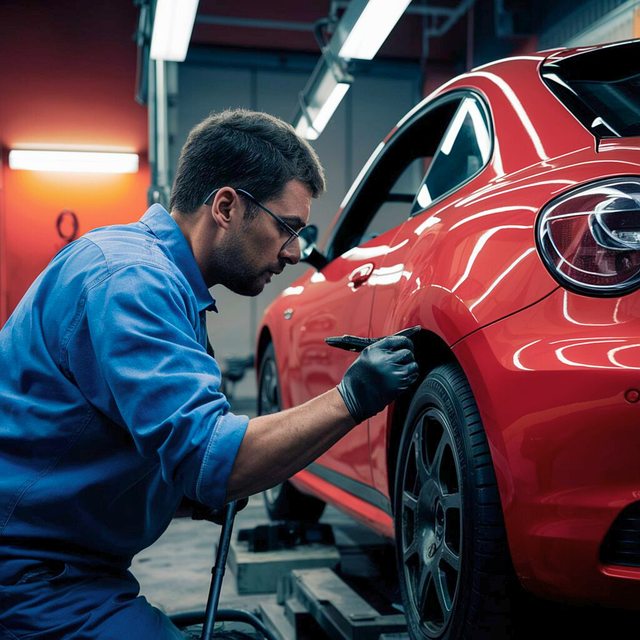
Dent repair is a meticulous process that requires understanding various types of damage to ensure optimal results. Common issues include bent panels, cracks, and scratches, each demanding distinct approaches during the professional dent repair process. Bents, for instance, often result from impact or collision, necessitating precise measurements and specialized tools to realign metal without compromising structural integrity. Cracks, whether hairline or more substantial, require careful assessment as they can indicate deeper damage beneath the surface.
Scratches, while visually apparent, might not always be superficial. Deep scratches can affect paint integrity and even expose underlying layers. Skilled technicians in auto repair services and body shop services employ advanced techniques like plastic welding or composite repairs for complex cracks and scratches. Identifying the type of dent is crucial for determining the most effective professional dent repair method, ensuring a seamless and durable restoration.
– Visual inspection and 3D scanning for precise measurements
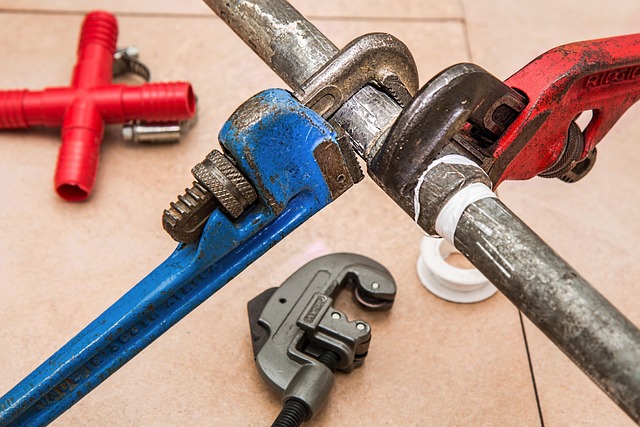
In the realm of professional dent repair, the journey begins with a meticulous visual inspection and advanced 3D scanning. This initial step is crucial in accurately assessing the extent of damage to both the exterior panels and underlying structures of a vehicle. Skilled technicians use their expertise to identify even the subtlest imperfections, ensuring no detail goes unnoticed. The process involves carefully examining the dented area for size, shape, and depth, which directly impacts the repair strategy.
3D scanning technology plays a pivotal role in this phase by providing precise measurements and high-resolution imagery. This advanced method captures every angle and contour of the affected panel, offering an accurate digital blueprint for the restoration process. By combining visual inspection with 3D scanning, professionals in auto maintenance and car body restoration can tailor their approach to each unique dent repair, guaranteeing a seamless and effective outcome in vehicle paint repair.
Professional dent repair involves a meticulous process that begins with assessing the damage. By understanding various dent types, from bends to cracks, and utilizing advanced tools like 3D scanning for accurate measurements, technicians can tailor their approach. This ensures that every dent is repaired with precision and expertise, restoring vehicles to their pre-damaged condition. For effective professional dent repair, follow these steps to achieve optimal results.
